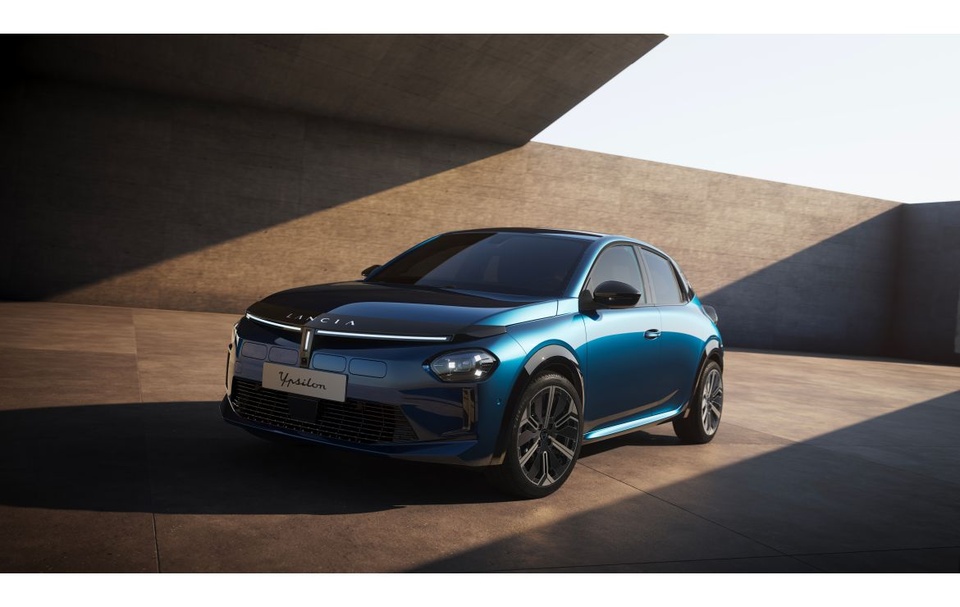
|
According to Motor1, Stellantis is likely to streamline its portfolio of automotive brands. The automotive giant currently boasts an impressive roster of 14 diverse brands, including well-known names such as Citroen, Fiat, Opel/Vauxhall, Peugeot, Abarth, Ram, Dodge, Chrysler, Jeep, Lancia, DS Automobiles, Alfa Romeo, and Maserati. Stellantis was formed in 2021 through the merger of PSA Group and Fiat Chrysler Automobiles.
Carlos Tavares, CEO of Stellantis, has previously stated in an interview with Reuters that any brands failing to turn a profit for the group will eventually be discontinued. “If any car brand doesn’t make money, we will shut it,” Tavares asserted.
|
|
|
Stellantis boasts an extensive portfolio of 14 automotive brands. Image: Stellantis |
While Tavares refrained from naming any specific brands facing the chopping block, some are considered more at risk than others. Reuters cited experts’ opinions suggesting that Stellantis might attempt to sell Maserati while discontinuing Lancia or DS. However, these remain speculations at this point.
On the other hand, several brands are deemed safer due to their relatively larger scale, including Fiat, Opel/Vauxhall, Peugeot, Citroen, Jeep, and Ram. The fate of Alfa Romeo, Dodge, and Chrysler, however, remains uncertain. Motor1 notes the challenge in determining whether Stellantis will retain both Dodge and Chrysler.
Chrysler currently offers only the Pacifica in its lineup after discontinuing the 300C sedan last year. The future of Dodge and Chrysler within Stellantis remains a question mark.
|
|
|
The future of Dodge and Chrysler within Stellantis is uncertain. Image: Dodge |
Motor1 also highlights that, at the time of the merger’s completion three years ago, Tavares committed to investing in all 14 Stellantis brands for a decade. Stellantis is currently the world’s fourth-largest automotive manufacturer, but managing such a vast portfolio of brands has proven challenging, especially with the increasing competitiveness in the automotive industry.
Stellantis’ net revenue for the first half of the year decreased by 14%, while net profit was 48% lower than the previous year. In North America, Stellantis’ sales declined by 18% compared to the first half of 2023, attributed to the discontinuation of four models: Dodge Charger, Dodge Challenger, Jeep Renegade, and Jeep Cherokee. Ram 1500 sales also dipped due to the model’s mid-life cycle update.
In Europe and South America, Stellantis’ sales dropped by 6%. In the Middle East and Africa, however, sales grew by 3%, largely thanks to a threefold increase in Fiat’s sales.
Recommended Reads for Your Journey
Our Automotive section offers a diverse range of engaging articles. Whether you’re on a road trip or commuting, these reads will surely keep you entertained and informed.
The Great Automotive Exodus: Three More Brands Abandon Vietnam’s Auto Expo in 2024, Including a Market Newcomer.
The automotive industry in Vietnam is experiencing a significant shift as prominent brands such as Volvo, Ford, and BYD announce their withdrawal from the 2024 Vietnam Auto Expo. This development comes hot on the heels of Volkswagen’s earlier decision to opt out of the exhibition. As these renowned automakers remove themselves from the event, it sparks curiosity about the underlying reasons and the potential impact on the local automotive landscape.
The End of the Road for Alfa Romeo and Maserati?
The future looks bleak for underperforming automotive brands within the Stellantis portfolio. In a recent statement, Stellantis’ top brass revealed their intention to cut brands that aren’t pulling their weight. On the chopping block are iconic names such as Lancia, DS, Alfa Romeo, and the prestigious Maserati, all of which could face the axe or be spun off from the automotive giant.
“A fleet of cars intercepted by police due to a misunderstanding caused by displayed national flags.”
The Moroccan authorities have intercepted over 130 Fiat Topolino cars, detaining them over a controversial sticker displaying the Italian flag on the door. This unexpected development has sparked intrigue, with questions arising over the sensitivity and implications of this seemingly innocuous feature.













































